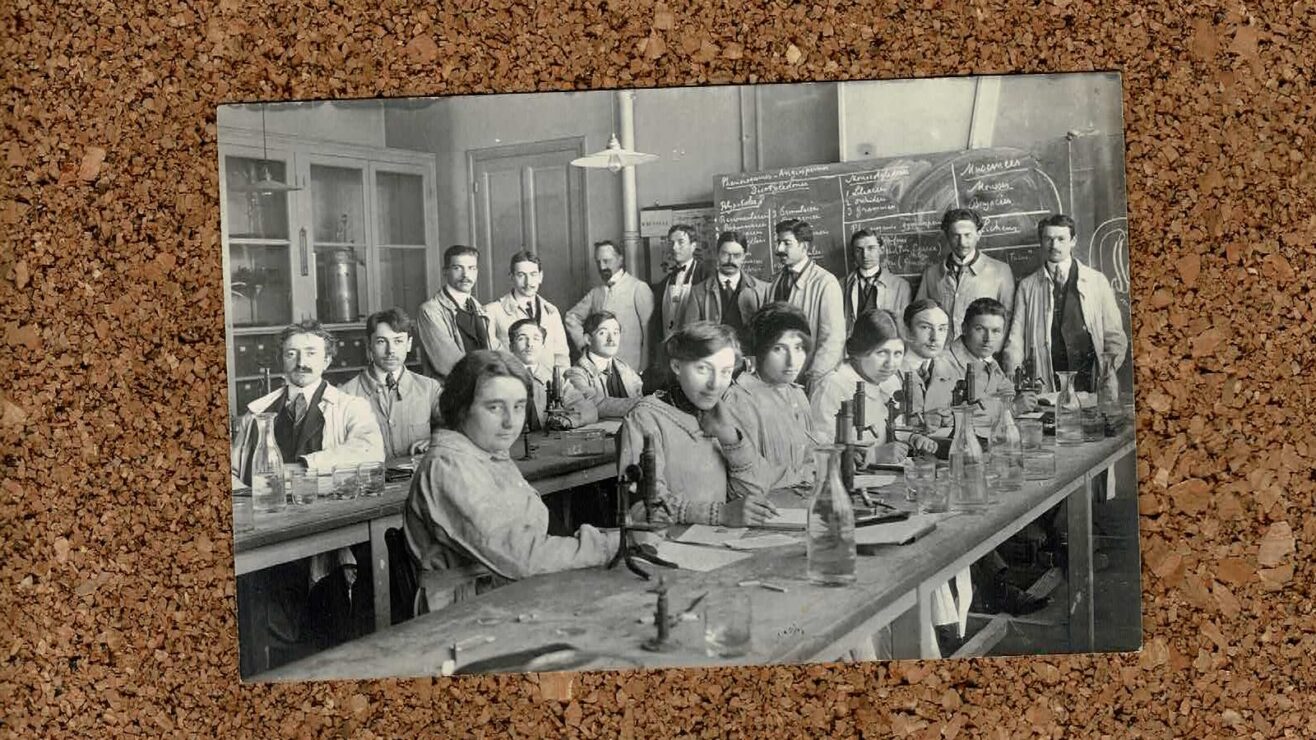The government’s consultation on the new regulatory framework work in England places considerable emphasis on widening access, and tasks universities and colleges with delivering on the promise of higher education as an engine for social mobility.
That engine is doing a good job, but the evidence suggests that both upgrading and tuning are required to improve performance. UCAS’ latest analysis of the 2017 admissions cycle shows that, while the gap between the entry rates for most and least advantaged UK 18 year olds into to higher continues to close, it remains wide. Young people from the most advantaged parts of the UK are 2.3 times more likely to enter higher education than those from the most disadvantaged areas, and the gap is over twice that for students going to higher tariff universities.
Name blind applications?
In 2015 the public debate on social mobility turned the spotlight on whether admissions practices in universities are fair, and whether there might be unconscious bias at play, impacting the likelihood of some applicants gaining offers and places. The government asked UCAS to explore, with the higher education sector, the feasibility of introducing name blind applications based on research showing that this can have a positive impact in the graduate recruitment market.
The good news, as outlined in our 2016 Report, is that offer making data suggests is that admissions to higher education are broadly fair. Whilst UCAS’ equalities data shows that there are significant differences in observed offer levels to different groups of applicants, differences in offer rates between groups are small, when controlled for predicted grades and course applied to. However, some differences remain and providers are encouraged to use the equalities data to explore why.
Our 2016 report also showed the admissions community was highly aware of the risks of unconscious bias and employing a range of strategies to combat this. As we explored the idea of using name blind applications, concerns surfaced about potential adverse impacts on widening participation, relationship building with applicants, and counter-fraud and verification activities, as well as sector technology challenges. With all this in mind, we recommended evaluating the potential for masking applicant names at a local, university level, as well as supporting the development of further training and good practice.
Masking changed little
Six universities volunteered to design, run, and evaluate name blind projects in the 2017 admissions cycle and today we’re publishing the findings in Minimising the Risks of Unconscious Bias in University Admissions: 2017 Update on Progress. The headline message is that none of the projects produced evidence that masking applicants’ names led to significantly different admissions outcomes. This was despite covering a broad spread of different social science, humanities, and science subjects, and using a range of different technical solutions and manual interventions. In fact, in two of the projects, the universities that found that masking applicants’ names appeared to have a negative impact on initial admissions outcomes, particularly where this prevented the linking of the application to information about involvement in widening participation programmes.
What the projects did demonstrate, however, is the value of having a second check on admissions decision making, and at least two of the universities will be retaining aspects of information masking for efficiency and quality assurance purposes.
In addition, our focus on awareness raising has seen over 110 universities and colleges access new training and good practice to help those working in admissions identify and combat the risks of unconscious bias. The Higher Education Liaison Officers Association (HELOA) is now considering how to take this work forward with our support.
Looking to the future, it is our intention that UCAS will continue to publish detailed and contextualised equalities data about applications, offers and acceptances to individual universities by gender, ethnicity and socio-economic background, and we’re pleased to be working with HESA so that we can incorporate data on degree outcomes on the same basis. Not only will this help providers to put their equality challenges into context, but it will also help English universities and colleges to comply with the new transparency duty, giving students confidence in the transparency and fairness of university admissions.














I look forward to reading the report shortly, Ben. I am a little surprised to hear that HELOA will be taking the work forward. HELOA is an esteemed organisation of student recruitment professionals, with a remit focussed on providing advice and guidance to prospective students, and, as far as I am aware not on providing detailed admissions policy advice to institutions. What a shame that SPA, the expert organisation in ensuring fair admissions, is no longer in existence to do the work that had been mandated to it.